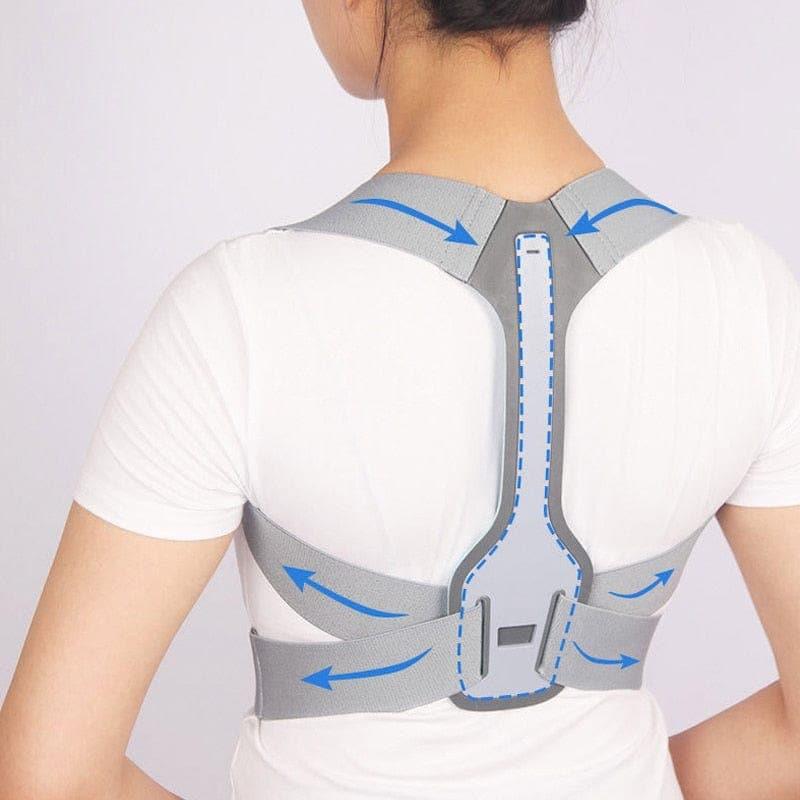Introduction
Whether you're recovering from an injury, dealing with chronic back pain, or simply struggling with poor posture, a spine support brace could be a life-changing tool. But with so many types—thoracic, lumbar, cervical, and even clavicle spine support braces—how do you know which one is best for your needs?
In this blog, we’ll break down the different types of spine braces, what they do, and how your daily life can benefit from the right choice.
1. Understanding the Spine and Where Support Is Needed
The human spine is made up of three primary sections:
-
Cervical Spine (neck)
-
Thoracic Spine (upper/mid-back)
-
Lumbar Spine (lower back)
Injuries, posture issues, or muscle strain in any of these areas can cause discomfort that radiates throughout the body. That’s why targeted support is so important.
2. Types of Spine Braces and What They Help With
Clavicle Spine Support Brace:
Best for posture correction and upper spine alignment. This type gently pulls the shoulders back and aligns the upper thoracic region.
Thoracic Spine Brace Support:
Used to reduce kyphosis (rounded upper back), often prescribed after injuries or surgery. Helps improve posture and back strength.
Lumbar Spine Support Brace:
Ideal for lower back pain or herniated discs. Stabilizes the lumbar area and limits movement during healing.
Cervical Spine Support Brace:
Also known as a neck brace, it’s used for whiplash, strain, or post-surgical support in the neck and upper spine area.
3. Why a Clavicle Spine Support Brace Is a Great Place to Start
If you suffer from:
-
Slouching or tech neck
-
Mild thoracic pain
-
Rounded shoulders
-
Postural fatigue from long work hours
…then a back brace for spine support focused on the clavicle and upper spine can bring relief without limiting your movement.
These braces are lightweight, adjustable, and can be worn discreetly under clothing.
4. How to Use a Spine Support Brace Effectively
-
Start Slow: Begin with 20–30 minutes a day and increase gradually.
-
Pair with Movement: Braces are most effective when paired with stretching or strengthening exercises.
-
Monitor Skin: Adjust fit to avoid rubbing or chafing.
-
Stay Consistent: Like any good habit, consistency brings results.
5. When to Consider Wearing One Daily
You may benefit from daily wear if you:
-
Work at a desk or computer for long periods
-
Frequently carry heavy bags
-
Are recovering from spinal surgery
-
Have posture-related headaches or fatigue
Just make sure not to over-rely on the brace—your muscles still need to stay active.
6. Who Should Avoid These Braces?
Anyone with spinal instability, recent surgeries, or advanced osteoporosis should consult a physician before using any brace.
Final Thoughts
Not all back pain or posture issues require surgery or medication. Sometimes, simple tools like a thoracic spine brace support or clavicle spine corrector can be exactly what you need to start feeling better.
Support your spine, support your life. Try our adjustable clavicle spine support brace today—lightweight, breathable, and built for real results.

